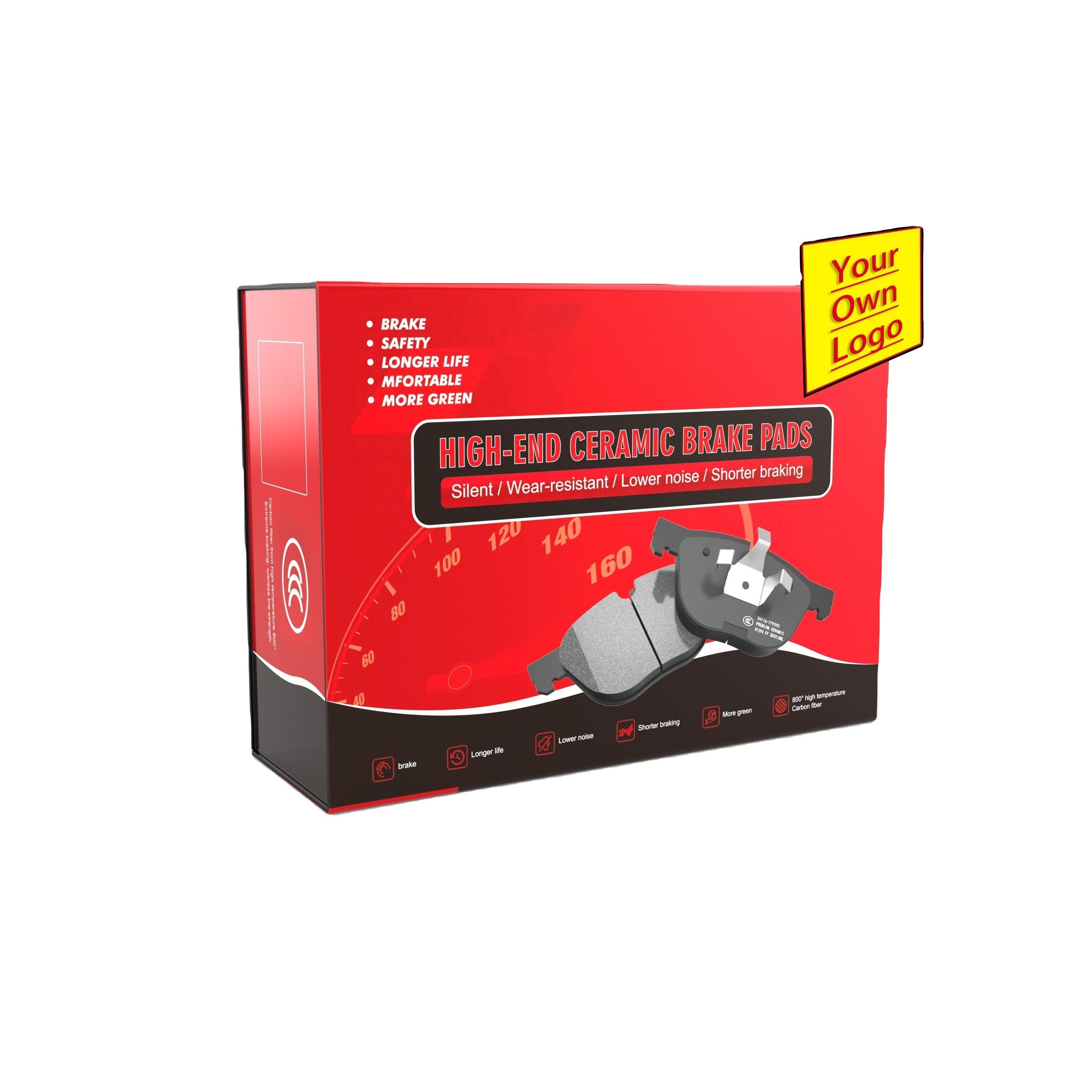carbon ceramic brake rotors
Carbon ceramic brake rotors represent a significant advancement in automotive braking technology, combining superior performance with exceptional durability. These high-performance components are manufactured using a sophisticated blend of carbon fiber and ceramic materials, resulting in a brake rotor that's approximately 50% lighter than traditional cast iron alternatives. The manufacturing process involves pressure-molding carbon fiber reinforced ceramic material at extremely high temperatures, creating a robust structure that can withstand intense heat and pressure. These rotors operate effectively at temperatures exceeding 1,000 degrees Celsius, making them ideal for high-performance vehicles and demanding driving conditions. The carbon ceramic construction offers remarkable fade resistance, maintaining consistent braking performance even during extended periods of heavy use. Originally developed for aerospace and motorsport applications, these brake rotors have now found their way into luxury and high-performance road vehicles, where they provide enhanced braking power, reduced unsprung weight, and extended service life. The unique material properties also result in significantly less brake dust production compared to conventional rotors, helping to maintain the cleanliness of wheels and contributing to overall vehicle aesthetics.


